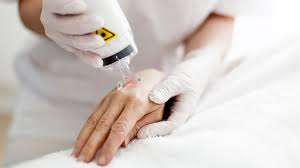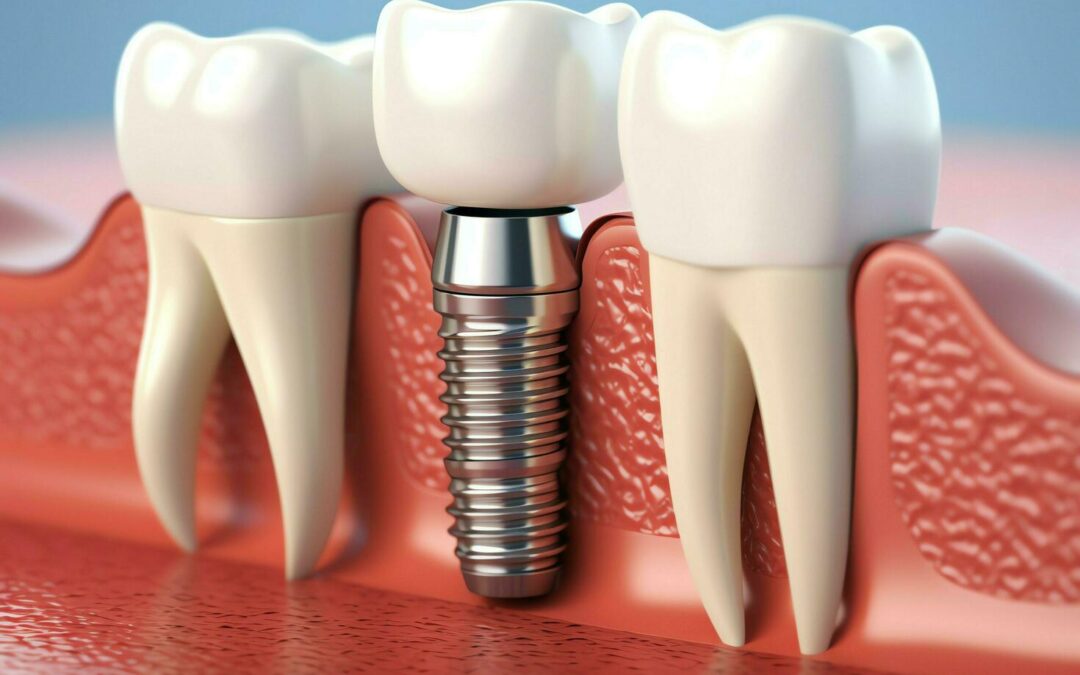Burn scars can vary greatly in appearance and severity depending on the depth, location, and healing process. These scars often develop as a result of thermal, chemical, electrical, or radiation burns. They can manifest as hypertrophic (raised), contracture (tightened skin), or keloid (overgrown) scars. Not only do burn scars impact skin texture and pigmentation, but they can also limit mobility and cause emotional distress. Traditional treatments like creams, pressure garments, and surgical interventions may offer limited success, especially in cases involving deep or widespread burns. This is where modern scar laser treatments are transforming the landscape of recovery and skin renewal.
The Role of Laser Therapy in Burn Scar Management:
Scar Laser Treatment in Dubai (إزالة الندبات بالليزر في دبي) has become one of the most advanced and effective tools in managing burn scars. Unlike topical treatments, lasers work beneath the surface of the skin, targeting scar tissue and stimulating the regeneration of healthy skin cells. Depending on the scar’s characteristics, different laser technologies can be used to reduce redness, flatten raised areas, improve pigmentation, and restore flexibility. What makes laser treatment particularly valuable is its ability to penetrate the dermis and promote collagen remodeling — a key factor in scar reduction. The result is not just improved appearance, but also enhanced skin function.
Fractional CO2 Laser: Resurfacing Burn-Damaged Skin
One of the most commonly used lasers for burn scars is the fractional CO2 laser. It works by creating microscopic thermal injuries in the scarred skin, triggering the body’s natural healing response. These tiny channels stimulate collagen production while leaving surrounding tissue intact, which promotes quicker healing. Over a series of sessions, the treatment can help reduce scar thickness, improve texture, and restore a more uniform tone. Particularly effective for hypertrophic and contracture scars, fractional CO2 laser treatment can significantly improve both aesthetic and functional outcomes without the need for surgical excision.
Pulsed Dye Laser: Targeting Redness and Inflammation
For burn scars that are red or inflamed, pulsed dye lasers (PDL) are a popular and proven option. This type of laser targets the blood vessels in the scar tissue, reducing redness and helping to soften the scar. By reducing vascularity, PDL can minimize the pain and itching often associated with healing burn scars. It is also known to reduce the risk of keloid formation when used early during the healing process. As a non-ablative laser, PDL doesn’t remove skin layers, which makes it a good choice for sensitive areas or those with thinner skin.
Erbium YAG Laser: Precision and Minimal Downtime
The Erbium YAG laser offers another approach to treating burn scars, particularly when fine precision is needed. It ablates the skin in very thin layers and is often used for lighter scars or delicate facial areas. This laser promotes smoother skin texture and helps blend scarred areas with the surrounding skin. It’s also known for causing less thermal damage compared to other ablative lasers, which results in reduced recovery times. For patients looking to refine the scar’s surface appearance without extensive downtime, Erbium YAG provides a gentler yet effective solution.
Combining Laser Types for Maximum Effect:
In many cases, a combination of laser treatments is used to achieve optimal results. For example, a fractional CO2 laser may be used for deep scar remodeling, followed by a pulsed dye laser to reduce redness and vascularity. This multimodal approach allows practitioners to address different aspects of the scar — from color to texture to flexibility — in a strategic manner. Treatments are often spaced out over several months to allow skin recovery and to gradually build improvement. The combination therapy has proven particularly effective in treating older or more complex burn scars that do not respond to single-modality treatments.
Considerations for Skin Type and Scar Maturity:
Not all burn scars are treated the same way, and laser selection often depends on individual factors such as skin tone, scar age, and depth. For instance, darker skin tones are more prone to hyperpigmentation after laser treatments, so settings must be adjusted carefully to minimize risks. Likewise, newer scars may respond differently than mature ones. Early intervention with vascular lasers like PDL can help reduce scar development, while fractional or ablative lasers are better suited for mature, fibrous tissue. A tailored approach based on these factors helps ensure safe and effective outcomes across diverse patient profiles.
Preparing for Treatment and Managing Expectations:
Preparation for laser scar treatment includes avoiding sun exposure, using skin-calming agents, and sometimes pre-treatment with topical medications to prevent pigment changes. After treatment, patients may experience redness, swelling, or temporary darkening of the scar. Proper aftercare — including moisturizers, sun protection, and follow-up care — plays a crucial role in achieving desired results. It’s also important to understand that laser treatments rarely erase burn scars completely. Instead, they aim for significant visual and functional improvement over time. Patience, consistency, and realistic expectations are key to the treatment journey.
Conclusion:
Thanks to advancements Scar Laser Treatment in Dubai (إزالة الندبات بالليزر), individuals with burn scars today have more effective options than ever before. Whether the goal is to reduce scar height, improve flexibility, or simply feel more confident, laser treatments offer a customizable path to healing and renewal. From fractional CO2 and pulsed dye lasers to erbium YAG and combination therapies, each approach is tailored to meet the unique needs of the scar and the person behind it. While the road to recovery may require time and multiple sessions, the potential for transformation — both physical and emotional — is profound and empowering.







0 Comments